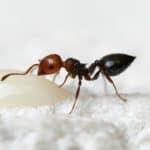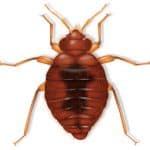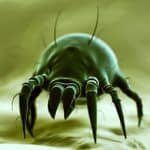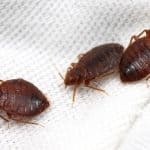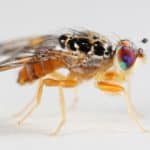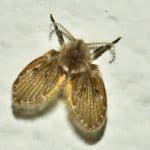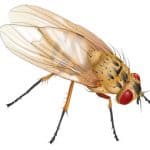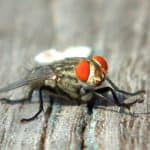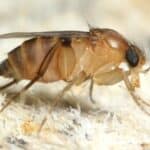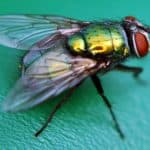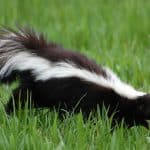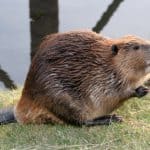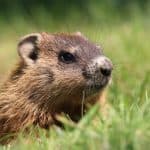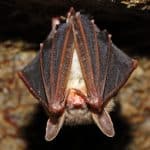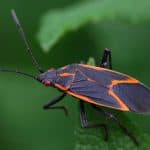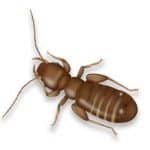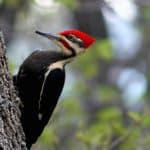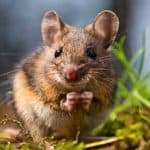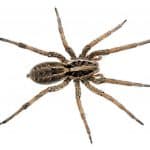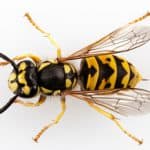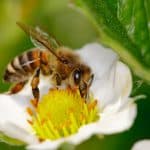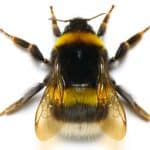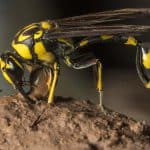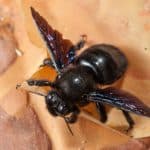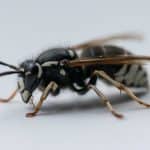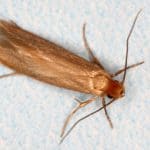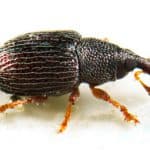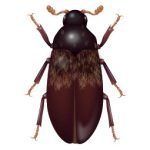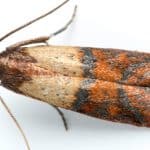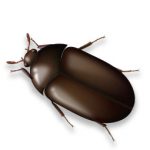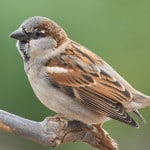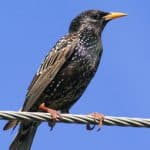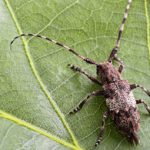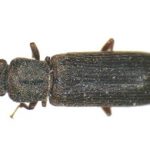Ants
The number one nuisance pest in North America, ants make up the majority of local pest problems. Varying by species, the average colony is made up of anywhere between 300,000 to 500,000 ants. With the capability of surviving more than seven years, it’s no surprise that they are likely to take up residence in your home….
Types of Ants
Biting Insects
Biting insects can be more than just a nuisance, as many of these bugs can also carry dangerous diseases. Common biting insects in Missouri that easily come to mind such as mosquitoes, bed bugs and ticks can be just as dangerous as the less conspicuous critters, such as dust mites and chiggers. Biting insects are…
Types of Biting Insects
Brown-Banded Cockroach
The Brown-Banded cockroach was introduced to Florida in the early 1900s from Africa. Currently, the Brown-Banded cockroach is a common pest found in the northeastern, southern, and Midwest regions of the United States. This cockroach gets its name from the tan and partial bands that cross the wings of the adults near their shoulders on…
Crickets
Of the 900 known species of crickets, 100 live in the United States. These insects derive their name from the chirping noise they make, which sounds like “crik” – “et” to many. While crickets are viewed as nuisance pests by many, there are also cultural associations with these insects. In China and Zambia, crickets are…
Flies
Flies are among the most common and annoying pests. Of the more than 120,000 fly species throughout the world, an estimated 18,000 can be found in North America. The fly family encompasses a broad range of insects, including mosquitoes, gnats, blow flies, and those that derive their names from the location or food they prefer…
Types of Flies
German Cockroach
The German cockroach, out of all 55 cockroach species found in the United States, is the one that creates the most concern and gives all other cockroaches a bad reputation. It is found throughout the world. The German cockroach was initially thought to be European but that is not the case. The origin of the…
Grasshoppers
Grasshoppers are found all over the world with more than 11,000 different species known to man. In some Asian cultures, the grasshopper symbolizes wealth, good luck, longevity, and good health. In other countries, they may be considered an edible delicacy. However, in America, we typically think of them as invasive pests. What do grasshoppers look…
Moles
Moles are furry lawn critters with strong hands that allow them to move through dirt and soil. What do moles look like? Moles can be identified by their stocky and low-to-the-ground bodies, short bare tails, large front feet, and strong claws. Their fur is commonly brown or black in color. Their face is their most…
Nuisance Wildlife
Wildlife problems begin to surface in Missouri when the weather cools, as wild creatures prepare to find shelter and food sources for the winter. Unfortunately, many wildlife seek refuge in residential homes, outbuildings, and businesses. Common wildlife creatures found in Missouri are squirrels, chipmunks, moles, skunks, raccoons, and bats. These animals are usually drawn to…
Types of Nuisance Wildlife
Occasional Invaders
Occasional invaders include any insects that enter homes or buildings seasonally. These insects are motivated to invade and search for food, water, or shelter from extreme heat or cold. In Missouri, occasional invaders include well-known insects such as centipedes, silverfish and ladybugs, as well as lesser-known insects like the box elder bug, cluster flies, and…
Types of Occasional Invaders
Oriental Cockroach
Despite their name, oriental cockroaches originate from North Africa and are a species that are more often found living outside. These cockroaches are sometimes referred to as water bugs because they can often be seen climbing out of drains and pipes. Oriental cockroaches can be found living throughout Missouri….
Protected Birds
A protected bird is any bird federally protected under the Migratory Bird Treaty Act, which means these birds cannot be transported and disturbed (including their nests). Common protected birds found in Missouri include the chimney swift, woodpecker, gull, and Canada goose. Because these species are protected, the safest way to legally control them when they…
Types of Protected Birds
Rodents
Rodents make up about 40% of all mammal species, which equates to 1,500 different types of animals. This class of creatures includes rats, mice, beavers, porcupines, squirrels, guinea pigs, gophers, and hamsters. Rodents are believed to have been on earth for more than 50 million years. They live on all continents except Antarctica and are…
Types of Rodents
Snakes
Snakes play an important part in the ecosystem by feeding on and reducing the populations of nuisance pests. While some species are venomous, most are non-venomous and should not be feared. Despite generally not being super dangerous, they are a pest species that most people do want living in or near their home. Recognition A…
Spiders
Spiders are believed to have been in existence for more than 2 million years. Of the 40,000 known spider species, 3,400 can be found in North America. Typically mistaken for insects, spiders are actually a member of the arachnid family, making them distant relatives of ticks and scorpions. Although all spiders bite, most do so…
Types of Spiders
Stinging Insects
Bees, hornets, and wasps are stinging insects that can be both harmful and helpful to people. Worldwide there more about 20,000 species of bees and 75,000 species of wasps, with a combined 4,000 species in the United States. Only about 20 true hornet species exist, with just one of these prevalent in North America. The…
Types of Stinging Insects
Stink Bugs
Several kinds of stink bugs exist naturally in the U.S. but a new species arrived recently, the Brown Marmorated Stink Bug (BMSB). It has become a problem for farmers and homeowners alike. The BMSB came from Asia in the 1990s and, since then, has hitched rides to many states. The adults emerge in spring and…
Stored Product Pests
Any area containing grains and dried goods is at risk for an infestation of stored product insects. These pesky critters and their larvae can quickly move through stored foods and destroy the products. There are a numerous stored product pests found in Missouri, but some notable mentions include the spider beetle, indian meal moth, and…
Types of Stored Product Pests
Termites
Just say the word termite and homeowners cringe. These tiny wood-eating pests are capable of great destruction, causing an estimated $5 billion in damage annually. Of the more than 2,500 known species of termites, 50 of them are found in North America, predominantly located in warmer climates. Termites have been in existence for over 100…
Types of Termites
Ticks
Ticks have existed for 90 million years, with more than 800 known species throughout the world. Of these, 200 can be found in the United States. Often thought to be insects, these pests are actually part of the spider family. Ticks are parasites that feed on the blood of humans and animals. They are common…
Types of Ticks
Unprotected Birds
An unprotected bird is any species of bird that is exempt from the Migratory Bird Treaty Act, meaning they can be controlled without a federal permit. The three species of unprotected birds found in Missouri are pigeons, starlings, and sparrows. Preventing unprotected birds from becoming pests to your home is important, and taking measures like…
Types of Unprotected Birds
Voles
A common misconception is that voles look like moles when, in fact, they do not! What Do Voles Look Like? Surprisingly, voles look nothing like moles! Closely related to the hampster, voles share many of the same features, with brown and grey fur and short leg. They typically average 3-7 inches long, including the tail, and weigh in…
Wood-Destroying Insects
Termites are the insects most commonly thought of as “wood destroyers,” but there are other insects to watch out for in this category, too. Termites are the insects most commonly thought of as “wood destroyers,” but there are other insects to watch out for in this category, too. Carpenter ants, longhorned beetles, powderpost beetles, and…
Types of Wood-Destroying Insects





